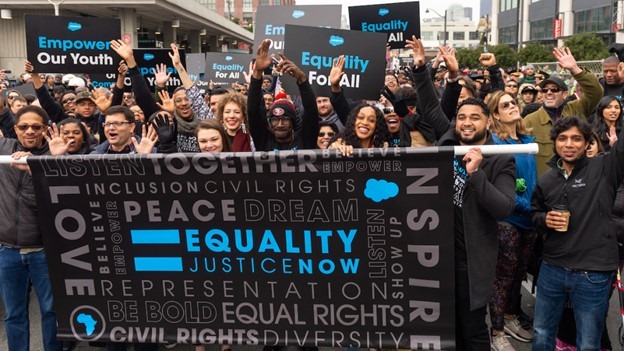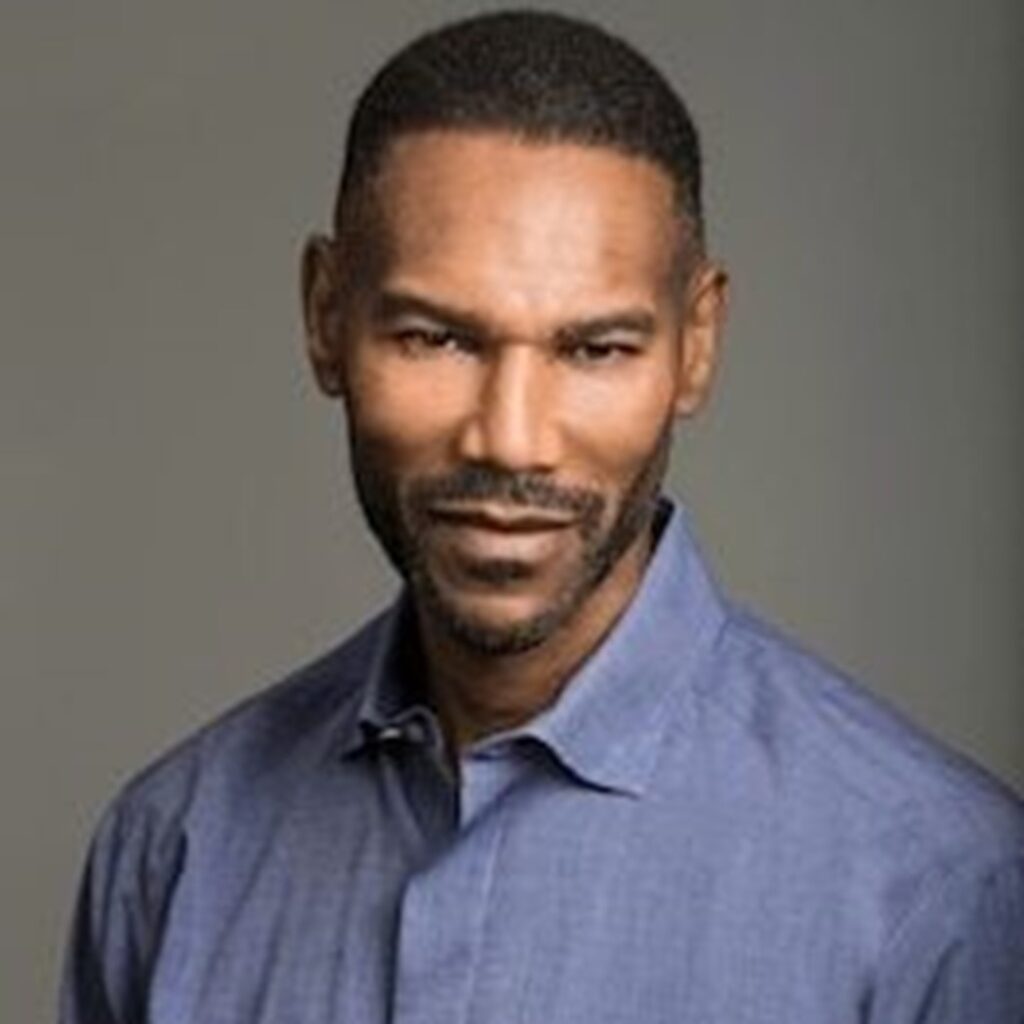Measuring DE&I efforts is key to success, and Salesforce leads by example
The tech software giant uses scorecards as a measurement tool to track specific goals in four critical areas.

After the events of last summer, corporate diversity initiatives have, thankfully, become common. But it’s the follow-through that brings the real change. One company that practices what it preaches is Salesforce, the San Francisco-based software company.
The company, with more than $17 billion in revenue and 49,000 employees, launched an annual equality report in 2017 and created diversity scorecards for its managers. Its DEI programs are based on action on four fronts: people, purchasing, philanthropy and policy. Each of these four buckets have goals that, if reached, will add diversity and inclusion to the workplace, and also support surrounding communities and issues that affect minority populations overall.
“At Salesforce, we strive to build a workplace that reflects society—and where everyone feels seen, heard, valued, and empowered to succeed,” the company’s chief equality and recruitment officer, Tony Prophet, wrote on the company’s blog. “In the spirit of transparency and accountability, every year, we publish our representation data along with our strategies to help move us forward.”

Here are some of Salesforce’s DEI goals.
- People-oriented goals include doubling the number of Black employees at positions of vice president and above among U.S. workers by the end of 2023. Also, increase overall Black employee population by 50% in the same timeframe. Salesforce is providing unconscious bias and equality training for employees at the leadership level and below.
- The company’s purchasing goals included spending $100 million with Black-owned businesses, and conducting onboarding reviews of suppliers to reduce bias and pay discrimination. Salesforce also plans to place $100 million in capital through its corporate investment arm, Salesforce Ventures.
- Philanthropy projects include investing $200 million and one million volunteer hours over the next five years with organizations advocating for racial equity at all levels. Salesforce is also committing $10 million in software, training, and donations to support activists using data to tackle injustice across the U.S.
- On the policy front, goals include advocating for change that addresses equity gaps in housing, health care, and more at all levels. Salesforce plans to encourage police reform and laws against hate crimes. Salesforce is also taking on bias in technology, with a policy against facial recognition software.
Measure what matters
Just as sales and profits are measured to prove success, corporations serious about improving diversity are moving towards measurement protocols to confirm progress. In the case of Salesforce, diversity metrics include headcount, hiring, attrition, and promotions. It looks at factors including gender, race, ethnicity, veterans, sexual orientation, and disability. Senior leaders receive monthly scorecards to help track progress or catch downward trends.
Salesforce’s initial diversity and inclusion efforts didn’t show much improvement until it began measuring progress and holding itself accountable. In its 2020 Equality Report, it saw progress in hiring under-represented minorities and in their retention as well. Black leader representation went up more than 50 percent. Under-represented minority attrition is down 31 percent overall, lower than the total company attrition.
Salesforce’s goal for diversity includes half of its workforce being from under-represented groups. It grew closer by 3.5 percent last year, to a total of 47.4 percent. Overall, women make up only a third of the company, currently at 33.6 percent globally. But in five years, it’s hired more than 11,000 women. Women currently make up 25.5 percent of leaders.
Areas for improvement
Salesforce has set some specific areas for improvement, including an increase in Latinx employees at all levels. That number is currently at 4.5 percent overall. “We are taking a comprehensive and data-driven approach as we work to integrate equality into every step of our employee experience,” Prophet wrote on the blog.
Part of our collection of Top Reads of 2021.
COMMENT
Ragan.com Daily Headlines
RECOMMENDED READING
Tags: DEI, Measurement, measuring, Salesforce

